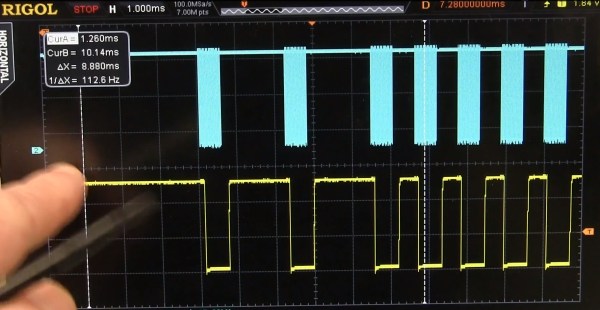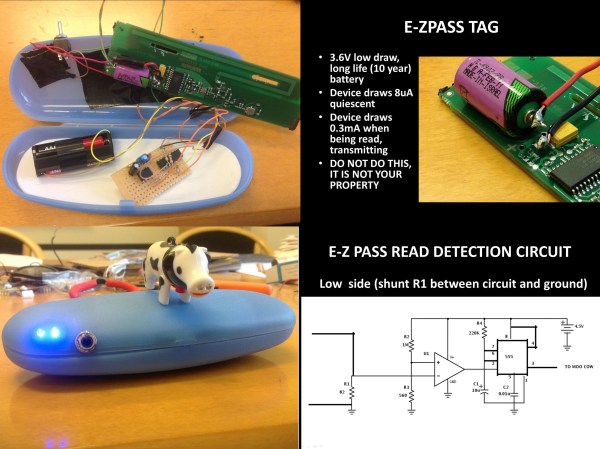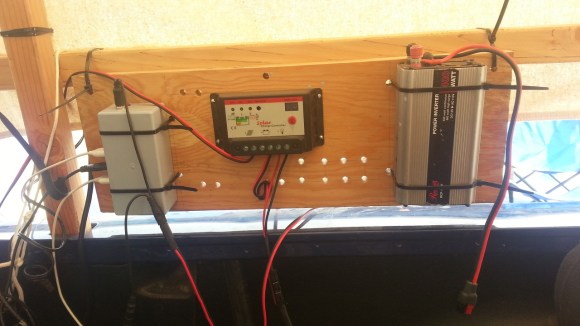
If you have a favorite pair of over-the-ear headphones you may want to consider upgrading them with a wireless option. The key word here is “option” because these still retain their functionality as a wired headphone. This is nice if you only want to deal with battery life when you’re actually roaming around.
Of course the thing that makes this type of hack work is the extra room inside the body of the earpieces. [Tony] cracked them open and decided there was just enough room to fit the internals of a Bluetooth audio adapter. It has it’s own Li-ion battery (boasting 12 hours of use) which is why there is an added charging port. To fit the board he had to remove some of the aluminum body from the enclosed part of the headphones. He also wired up a tactile switch to act as the power button for the Bluetooth module.
Details are scarce on how the speakers are wired between the module and the jack. But we think he simply wired them in parallel rather than using a switched jack. You can see a quick demo after the break but it really doesn’t augment the build details at all.
















